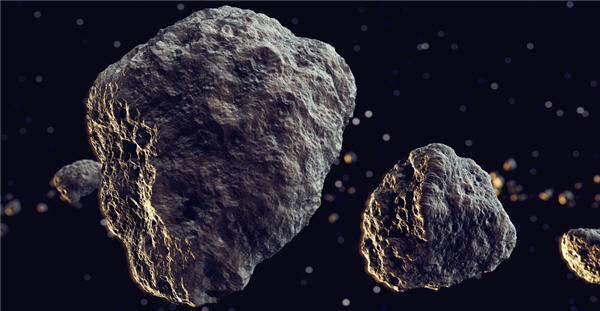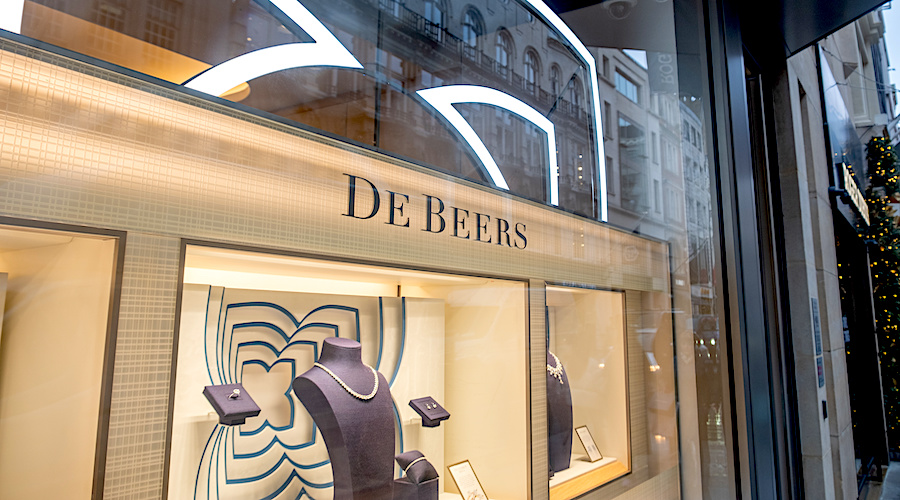Is space mining commercially viable?
There’s been a lot of talk lately about space mining and the idea has earned some pretty reputable backers.
NASA announced recently that it would launch a sample-collecting mission in 2016. On the business side, Planetary Resources – a company backed by Google and in partnership with Virgin Galactic – is devoted solely to harvesting valuable minerals from space rocks.
But one major argument against the sector is the astronomical costs associated with mining asteroids. A recent set of studies from Harvard-Smithsonian Center for Astrophysics highlights just how problematic this might be.
“Ore is not simply a high concentration of some resource, but includes consideration of the cost of extraction of the resource and its price,” the astrophysicist writes. “Hence we need to sieve the total asteroid population for the smaller populations that may be profitable to mine.”
Dr. Martin Elvis used a simple formula for assessing how many near-Earth asteroids are ore-bearing. He found that for platinum group metals, the answer is currently only 10.
For water the number is much larger – about 9,000, though they’re generally quite small.
Elvis points out that if asteroid mining is to become a commercial reality, we need a good understanding of how many asteroids contain ore.
The astrophysicist concludes that there are likely “relatively few ore-bearing NEOs” though he stresses that “this is a conservative and highly uncertain value.”
In fact, one of the main take-aways from Elvis’ study is that a more reliable examination of ore-bearing asteroids is needed.
“Significant research is needed in all areas: on meteorite composition, on telescopic discovery and characterization, and on both of these together for the small asteroids about to impact the Earth, on local assay probes, and on in-space engineering challenges, both at the ISS and with a returned small asteroid,” Elvis writes.
“The knowledge of which NEOs are ore-bearing could itself become commercially valuable intellectual property.”
In a subsequent study, Elvis examined how many assay probes would be required to find one ore-bearing asteroid. He found that if one in ten asteroids are ore-bearing, two dozen must be probed to find one at 90% confidence.
The BBC, which originally reported on Elvis’ study, spoke to a professor from Queen’s University in Belfast who was not involved with the study. The professor claims that Elvis’ calculations were “‘plausible,’ but that he would have placed even more emphasis on the uncertainties.”
“The make-up of small Near-Earth asteroids is still relatively unknown,” he told BBC News. “There are large uncertainties in the total number of platinum group-rich asteroids that come near the Earth. This is because it is still difficult to unambiguously determine the mineral makeup of small asteroids.”
More News
Anglo starts talks with banks on possible De Beers IPO
Anglo is pursuing a dual-track process in its effort to exit De Beers by trying to find a buyer for the struggling business.
March 28, 2025 | 12:19 pm
PDAC JV video: Golden Pursuit preps for discovery at sub-Arctic Gordon Lake, CEO says
A program to scan archived core using AI and expand geophysical surveys on the Wooferine-Lynk Zones is set to start soon.
March 28, 2025 | 11:35 am
{{ commodity.name }}
{{ post.title }}
{{ post.excerpt }}
{{ post.date }}




Comments
Carl Kruse
Why so much focus on asteroids? The moon is there. And it is loaded with minerals.